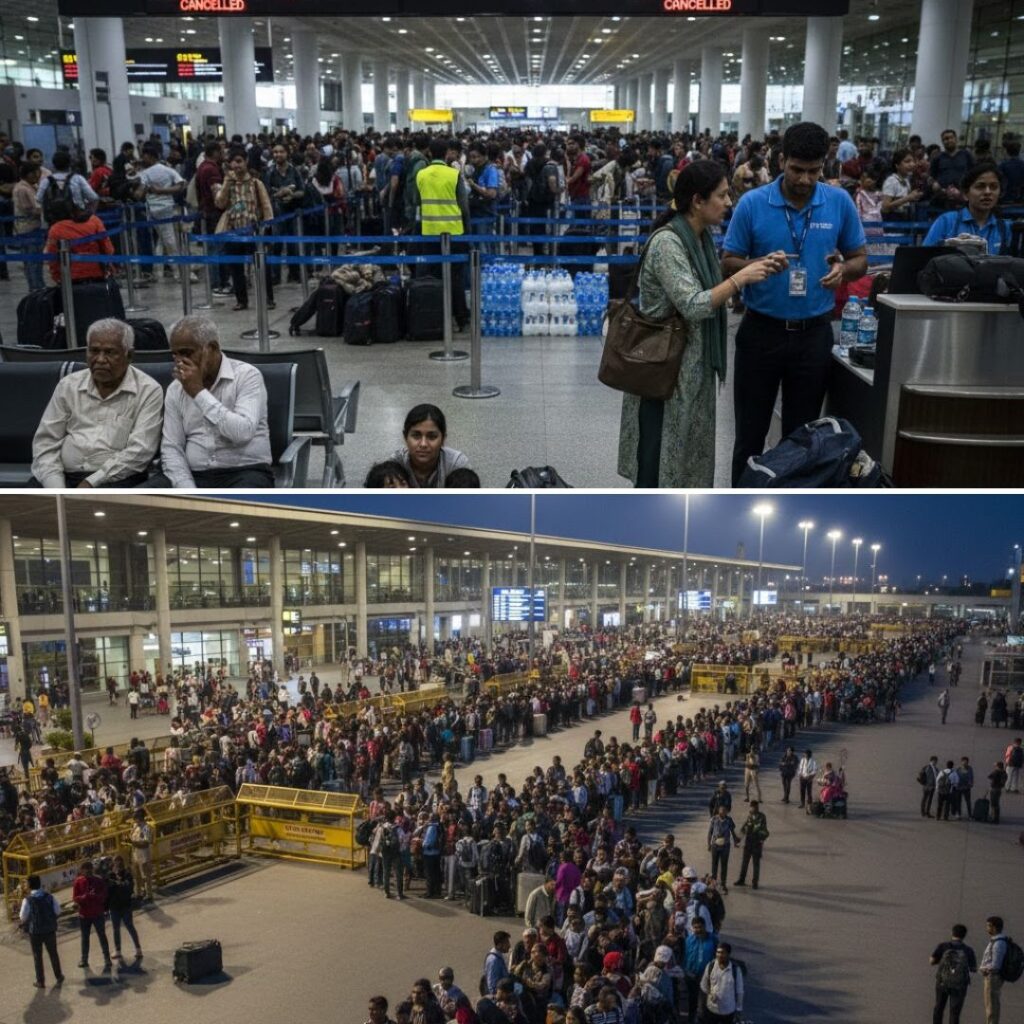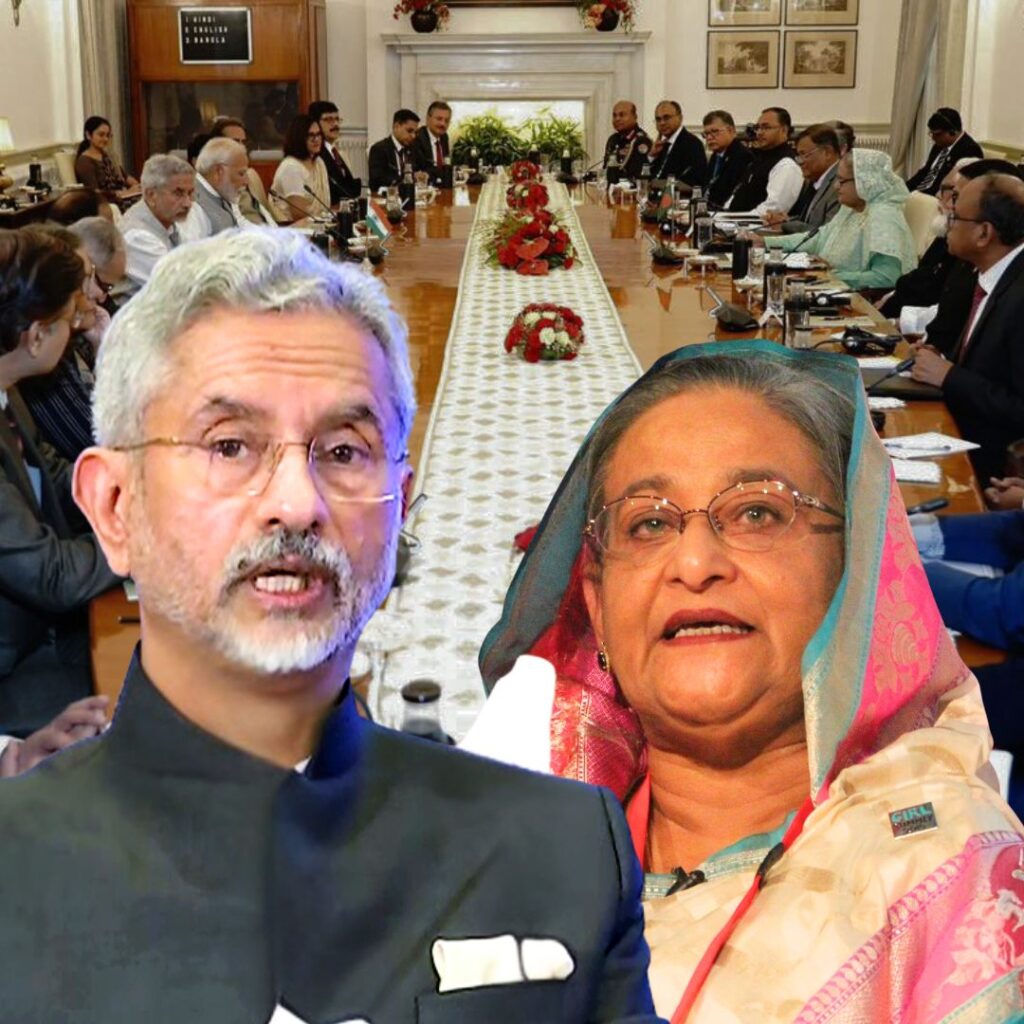India has reported eight outbreaks of highly pathogenic H5N1 bird flu in farms and backyard poultry in Andhra Pradesh, according to the World Organisation for Animal Health (WOAH). These outbreaks have resulted in the death or culling of approximately 602,000 poultry birds, raising serious concerns about public health and economic stability.
The Central Government has issued alerts and intensified surveillance measures across multiple states, including Jharkhand and Punjab, where similar cases have been reported. Experts have provided advice on safety measures for individuals and farmers to prevent further spread of the virus.
Recent Outbreaks Prompt Urgent Measures
The eight confirmed outbreaks of H5N1 avian influenza in Andhra Pradesh have caused alarm among officials, farmers, and public health experts. According to WOAH, the outbreaks were detected in both commercial farms and backyard poultry setups, leading to the culling of approximately 602,000 birds to contain the spread.
The Central Government’s Dairy and Animal Husbandry Department has called for heightened surveillance in high-risk areas such as poultry farms, live bird markets, and migratory bird habitats. Rapid response teams have been activated, and veterinary capacities are being strengthened to manage the situation effectively.
Speaking on the issue, a senior official from the Animal Husbandry Department stated, “We are taking all necessary steps to ensure that the outbreak does not spread further. Farmers are being educated about biosecurity measures, and affected areas are under strict monitoring.” However, concerns remain about the economic impact on small-scale farmers who rely heavily on poultry farming for their livelihoods.
Wider Context of Bird Flu Cases
These outbreaks in Andhra Pradesh are part of a broader trend of bird flu cases reported across India since January 2025. Nine states have reported similar incidents, with Jharkhand and Punjab being among the most affected regions. For instance, last week saw the culling of 5,500 birds in Ranchi, Jharkhand, following an outbreak traced back to a government poultry farm. Telangana has also banned poultry imports from Andhra Pradesh after an outbreak was confirmed in East Godavari district.
Experts believe that lapses in biosecurity protocols at government facilities may have contributed to some of these outbreaks. Dr Anil Kumar, a veterinary epidemiologist, said, “The repeated outbreaks highlight systemic issues in biosecurity management.
It is imperative to address these gaps urgently to prevent future occurrences.” The ripple effects of these incidents are evident in regional poultry markets as bans on imports disrupt supply chains and create financial strain for farmers.
Expert Advice on Prevention and Safety
While no human infections have been reported this year, experts stress that vigilance is key to preventing further spread. Dr Hiran S Reddy, a Consultant Physician and Critical Care Specialist, explained that symptoms of H5N1 infection can range from mild flu-like symptoms to severe respiratory distress. He advised individuals working closely with poultry to wear protective gear such as gloves and masks while handling birds or cleaning enclosures.
Additionally, Dr Shiva Raju K emphasized that cooking poultry products thoroughly can eliminate any risk of infection from contaminated meat or eggs. Public health experts also recommend practicing good hygiene by washing hands frequently with soap and reporting unusual bird deaths or illnesses to local authorities immediately.
Farmers are encouraged to implement stricter biosecurity measures on their farms, including disinfecting equipment regularly and limiting access to outsiders.
Economic Impact on Poultry Farmers
The bird flu outbreaks have not only raised health concerns but also posed significant economic challenges for poultry farmers across India. Small-scale farmers who rely heavily on their flocks for income are facing devastating losses due to mandatory culling measures. Many fear that rebuilding their businesses will be an uphill battle without adequate government support.
To mitigate these challenges, experts suggest providing compensation schemes for affected farmers and offering technical assistance to help them recover once the situation stabilises. The government is reportedly exploring relief packages for farmers impacted by the crisis, although details remain unclear at this stage.
The Logical Indian’s Perspective
The recurring H5N1 outbreaks underscore the urgent need for systemic changes in India’s poultry industry. While the government’s proactive response is commendable, it is essential to address underlying vulnerabilities such as lapses in biosecurity protocols and insufficient surveillance systems. As citizens, we must advocate for improved animal health standards while also considering the economic plight of small-scale farmers who bear the brunt of these outbreaks.
At The Logical Indian, we believe that fostering dialogue between stakeholders—farmers, policymakers, scientists, and citizens—is crucial for creating sustainable solutions that balance public health safety with economic resilience. How can we collectively ensure better preparedness against zoonotic diseases while supporting those whose livelihoods depend on poultry farming? We invite our readers to share their thoughts and ideas as we navigate this complex issue together.











